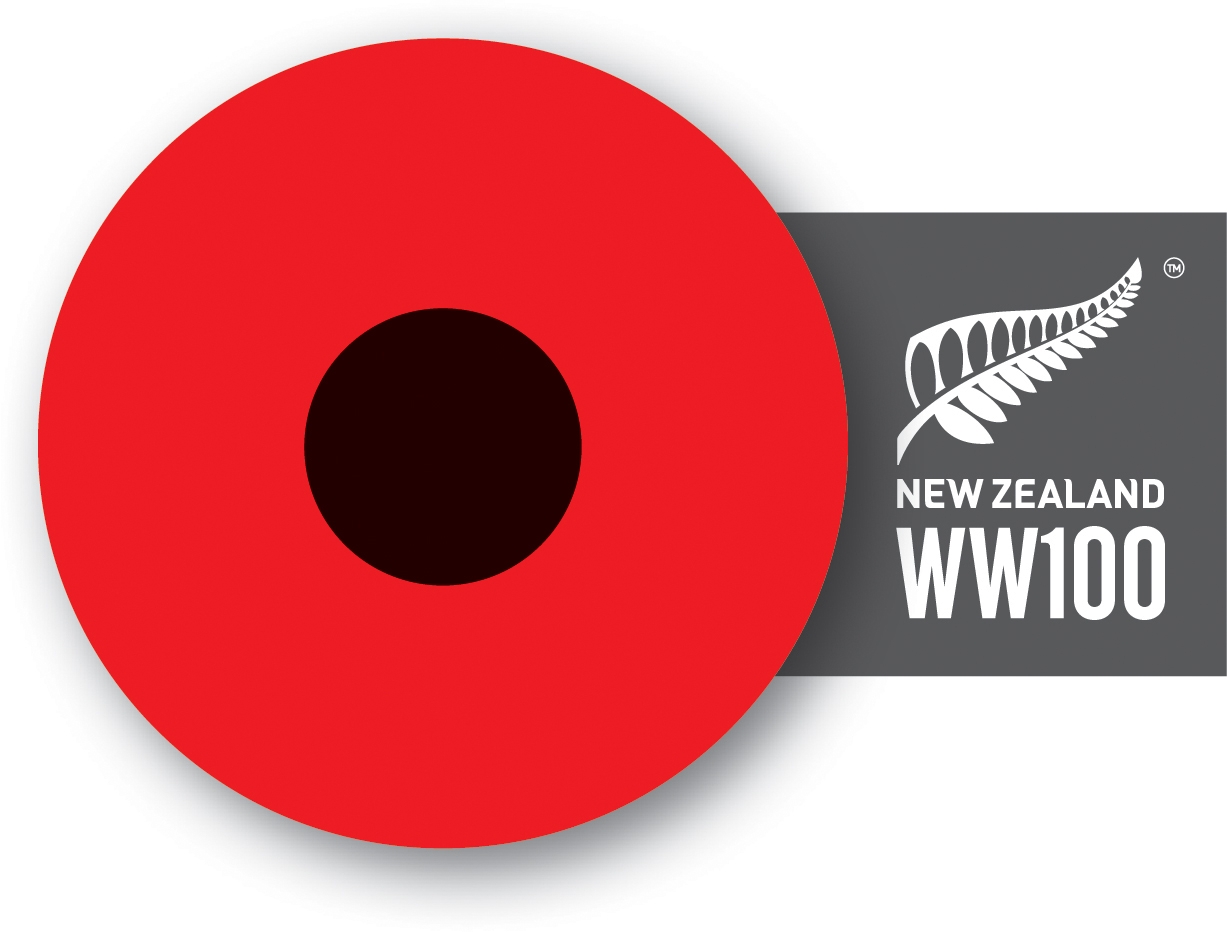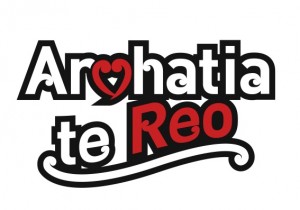 Kia ora tamariki! That means ‘hello kids’! This week in Aoteroa New Zealand we celebrate a very special event that doesn’t happen anywhere else in the world: Te Wiki o Te Reo Māori, Māori Language Week.
Kia ora tamariki! That means ‘hello kids’! This week in Aoteroa New Zealand we celebrate a very special event that doesn’t happen anywhere else in the world: Te Wiki o Te Reo Māori, Māori Language Week.
When English speakers began arriving in New Zealand over 200 years ago, Māori was the main language spoken, and many settlers had to learn te reo so that they could trade with the Māori people.
However, as more Pākehā (white skinned) came to our country and Māori people learned to speak in English, te reo was used less and less.
At school, Māori children were often encouraged to speak in English only, and some were even punished for speaking in their native tongue.
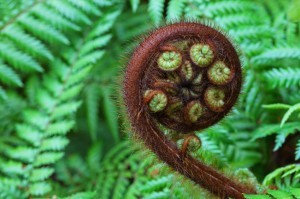 By the mid-late 1900s (about 50 years ago), very few New Zealanders were able to speak fluent te reo, and people became concerned that the Māori language was dying out.
By the mid-late 1900s (about 50 years ago), very few New Zealanders were able to speak fluent te reo, and people became concerned that the Māori language was dying out.
As a result of this, te reo Māori was recognised as an official language of New Zealand in 1987, and Māori Language Week was started the same year to help promote the language and encourage the use of te reo Māori in everyday life.
Nowadays, te reo is a well known aspect of Māori culture and an important part of New Zealand’s history. It is taught in schools and kindergartens, and children can even go to special schools called Kura Kaupapa that only speak in te reo.
The use of Māori words in everyday life is also much more common, and you have probably seen signs in te reo around your local community, at the library and at school.
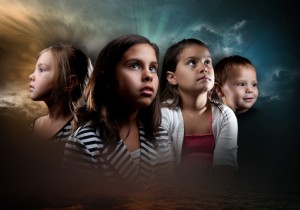 But even though we have made some really great improvements over the last 30 years, we still have a long way to go. You can do your bit by using te reo this week.
But even though we have made some really great improvements over the last 30 years, we still have a long way to go. You can do your bit by using te reo this week.
Here is a useful phrase to get you started:
Q. ‘Kei te pehea koe?’ (How are you?)
A. ‘Kei te pai!’ (I am good) ……….Or you might also be ‘harikoa’ (happy), ‘pouri’ (sad) or ‘hemokai’ (hungry).
Check out our Māori language books on the library catalogue!




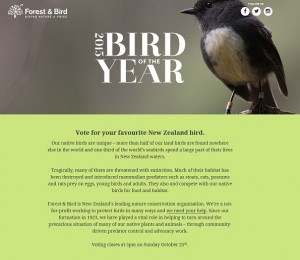



 This survey
This survey





